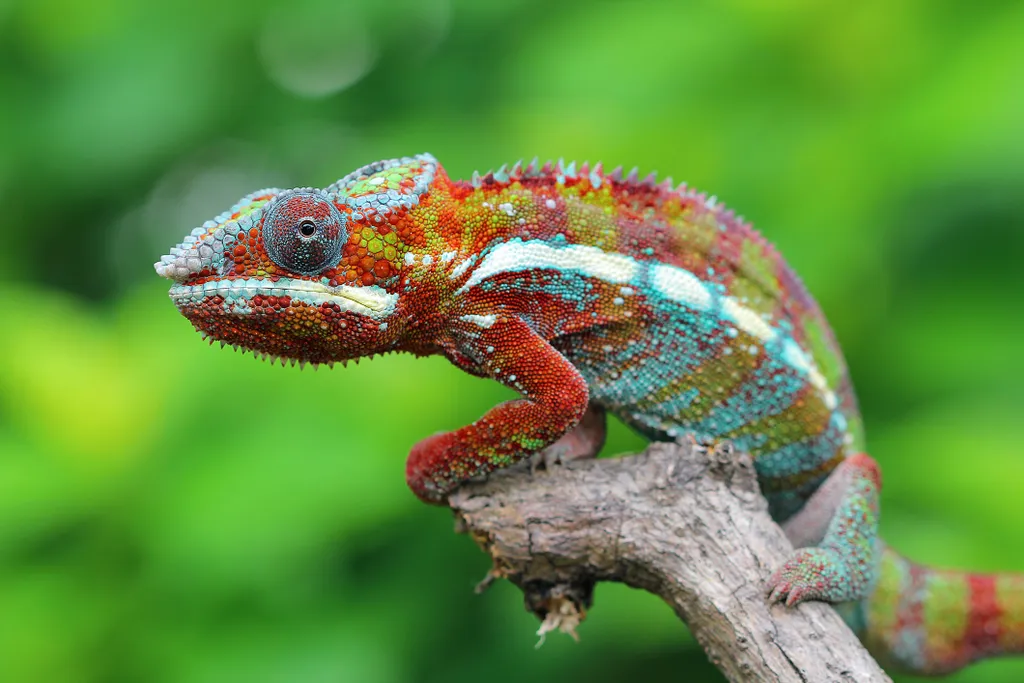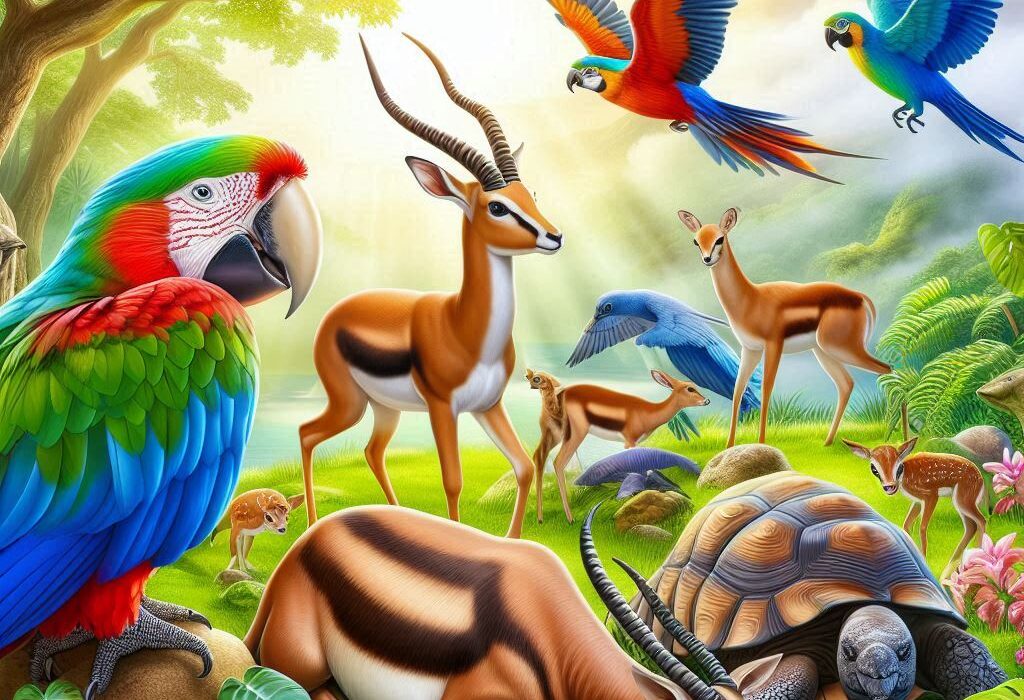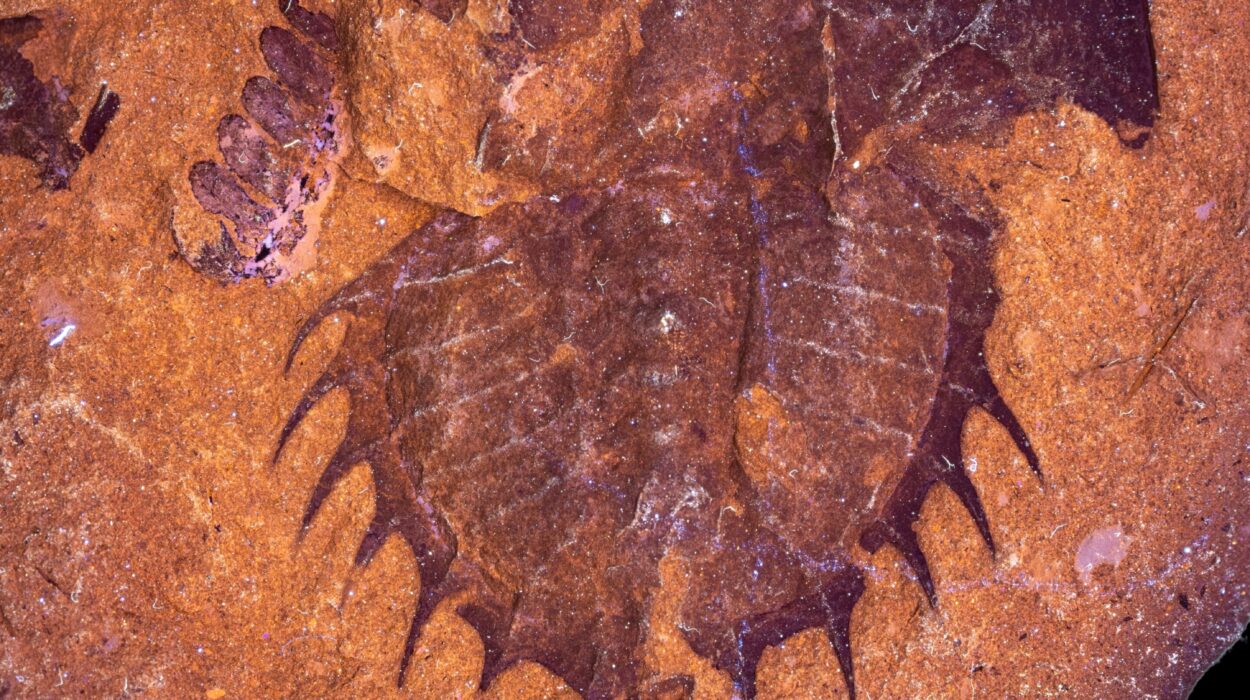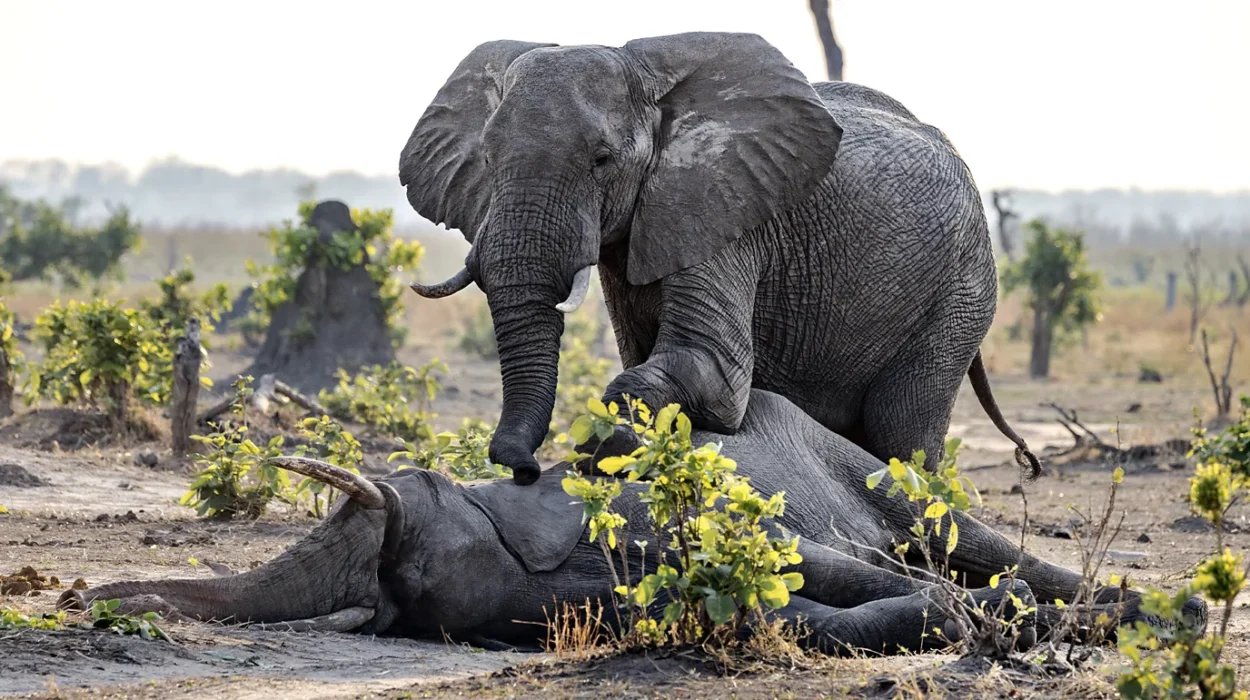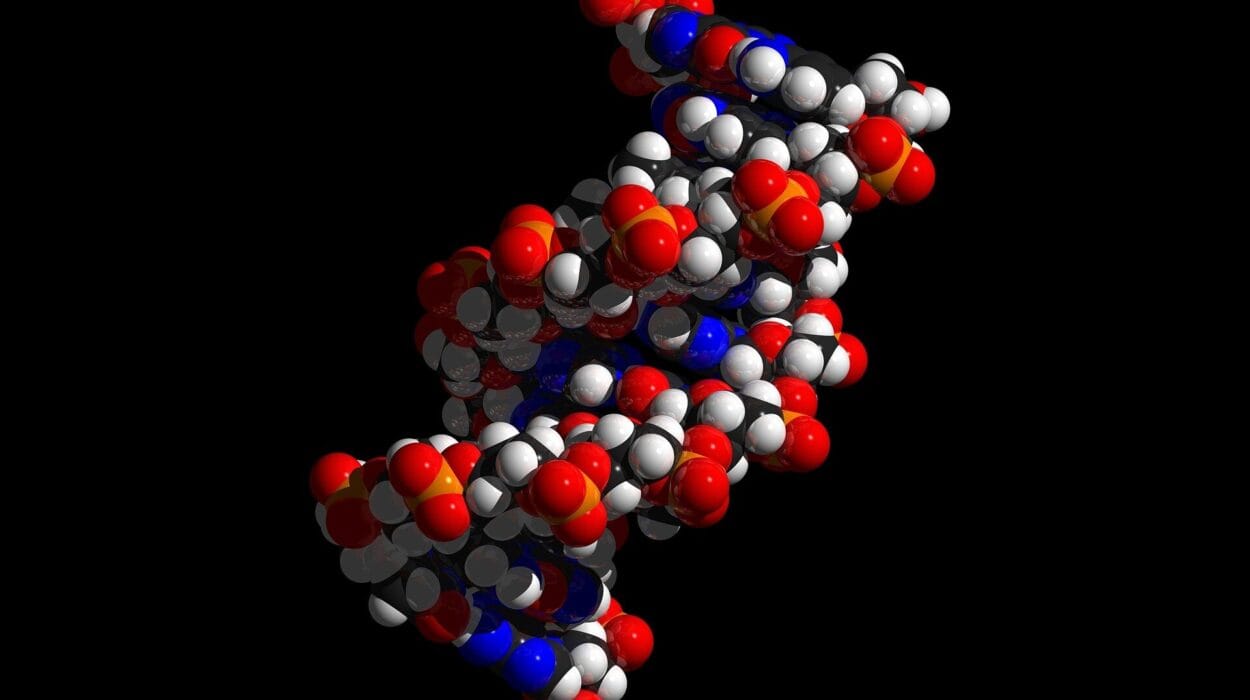From the whisper of dry leaves to the shimmer of sunlight on water, nature is a world of constant movement, noise, and danger. To survive in this ever-changing theater, life has evolved countless ways to adapt. Among the most remarkable of these adaptations is camouflage—nature’s ancient magic trick, a strategy that turns visibility into invisibility, and predators into ghosts.
But camouflage is no single trait, no single trick. It is a complex, ever-evolving suite of solutions to one fundamental problem: how to remain unseen in a world full of eyes. Whether it’s the color-changing skin of a chameleon, the cryptic stillness of a stick insect, or the shapeshifting brilliance of a cuttlefish, camouflage speaks to the relentless pressure of evolution to hide, deceive, and survive.
To understand how camouflage evolved is to understand a story of innovation, coevolution, arms races, and remarkable artistry. It is a tale written not in ink, but in pigments, patterns, and shadows.
The Origin of the Invisible
Camouflage likely dates back hundreds of millions of years—long before the first birds took flight, long before the dinosaurs thundered across the Earth. Even in the Precambrian oceans, there were eyes. Simple as they may have been, the mere presence of light-sensitive cells on early predators drove prey species to adapt in every way they could.
The evolution of eyes was arguably one of the most revolutionary changes in the history of life. Suddenly, the world was no longer sensed only through touch or chemicals—it could be seen. With sight came danger, and with danger came deception.
Fossil evidence shows that early Cambrian animals like trilobites had compound eyes. That meant they could detect shapes and motion. This visual world forced prey organisms to develop tactics to avoid detection. Flattened bodies allowed them to lie against the seafloor. Mottled patterns broke up outlines. Sediment-burrowing behaviors became widespread.
These weren’t yet camouflage in the modern sense, but they were the precursors—natural selection at work, favoring those who could avoid being seen.
Natural Selection and the Need to Disappear
Camouflage didn’t evolve because animals wanted to hide. It evolved because those who could hide survived longer, mated more, and left behind more offspring. Those offspring inherited the traits that made their ancestors less visible—perhaps a duller coloration, or a habit of resting in shadows. Over thousands or millions of generations, these subtle advantages accumulated.
Natural selection works like an invisible sculptor. It doesn’t design from scratch; it modifies what already exists. When a mutation causes an animal’s fur, scales, or skin to be just a shade closer to its surroundings, it may mean the difference between life and death. Bit by bit, these mutations are refined by selection into the stunning adaptations we see today.
For instance, if an insect lives on green leaves, those with greener exoskeletons are less likely to be spotted by birds. As birds become more adept at spotting prey, the insects evolve better camouflage in response. The predator-prey relationship becomes a constant arms race. Every improvement by one side puts pressure on the other to catch up.
This evolutionary dance is not guided by foresight, but by the brutal arithmetic of survival. Camouflage, like every evolutionary trait, arises from countless deaths—each one writing a small note in nature’s ledger of success and failure.
Color Matching: Blending with the Background
One of the most straightforward forms of camouflage is background matching—when an animal resembles the color, brightness, and even texture of its environment. This is what allows polar bears to disappear against snowdrifts, or green tree frogs to vanish among the leaves.
Color matching evolved independently in many lineages. In desert environments, reptiles and rodents tend to be dusty brown or sand-colored. In jungles, bright greens and browns dominate. In coral reefs, fish explode into patterns of pink, blue, and yellow—often matching the coral itself with eerie precision.
This matching is rarely perfect, but it’s often good enough to confuse a predator. Most animals don’t rely on high-resolution vision like humans. Many predators see in limited color palettes, or are more attuned to motion than detail. That means even a slightly similar color can be enough to evade detection.
In some cases, animals can even adjust their coloration seasonally. The Arctic fox, for example, is brown and grey in summer but sheds for a white coat in winter. The snowshoe hare does the same. This seasonal camouflage isn’t a conscious choice, but the result of hormonal changes triggered by daylight length—a cue that has been fine-tuned by millennia of evolution.
Disruptive Coloration: Breaking the Outline
Not all camouflage is about blending in. Sometimes, the key is to confuse the viewer. This is where disruptive coloration comes in—patterns like stripes, spots, and blotches that break up an animal’s outline and make it harder to detect.
The classic example is the zebra. For years, scientists debated whether zebras’ stripes help them hide. In the open savannah, black and white seem like poor camouflage. But studies now suggest that the stripes may confuse the vision of biting flies, or make it harder for predators to single out an individual from the herd. When many striped bodies move together, it becomes difficult to track one zebra through the visual chaos.
Disruptive coloration works because of how vision functions. The brain tries to assemble a complete image from edges, contrasts, and shapes. By interrupting those visual cues, an animal with disruptive patterns can become effectively invisible—even if it’s in plain sight.
This strategy is especially common in animals that can’t change their location easily. Frogs, snakes, and caterpillars often use disruptive patterns to sit motionless among leaves, relying on their camouflage to avoid detection.
Countershading: The Art of Light and Shadow
Imagine a fish swimming in the ocean. Light from above casts a shadow on its underside. A predator looking up will see a dark shape against the light surface, while a predator looking down will see a light shape against the darker depths.
Nature’s solution to this problem is countershading—being darker on top and lighter underneath. This gradient cancels out the shadow and makes the animal look flatter, less three-dimensional, and therefore less visible.
Countershading is widespread in both aquatic and terrestrial animals. Deer, sharks, dolphins, birds, and even insects often display this pattern. It’s a subtle but powerful illusion, developed over millions of years to deceive eyes in every direction.
The evolution of countershading illustrates a key principle of camouflage: it’s not just about color, but about manipulating perception. What matters is not what an animal looks like objectively, but how it is perceived by the viewer.
Masquerade: Disguises in the Living World
Some animals take camouflage to another level by not just blending in, but by looking like something else entirely. This is called masquerade—a form of camouflage where the animal resembles an object in its environment that predators usually ignore.
Stick insects are the classic example. With elongated bodies and jointed legs, they look exactly like twigs. Some even sway in the breeze, mimicking the motion of branches. Leaf insects take this mimicry even further, with veins, bite marks, and edges that resemble real leaves.
Masquerade evolved because predators often rely on recognition rather than detailed inspection. If something looks like a leaf or twig, the brain quickly categorizes it as harmless and moves on. By hijacking this mental shortcut, masqueraders can live in plain sight, protected by illusion.
Even underwater, masquerade thrives. Some sea slugs look like algae. Certain fish resemble rocks or seaweed. Octopuses can arrange their arms to mimic the texture of coral. These disguises are so effective that scientists often have trouble spotting the animals even when they know where to look.
Dynamic Camouflage: Masters of Change
While many animals rely on static camouflage, some have evolved the extraordinary ability to change their appearance in real time. The most famous examples are cephalopods—squid, octopuses, and cuttlefish.
These creatures possess specialized skin cells called chromatophores, which contain pigments that can expand or contract, changing the color of the skin almost instantly. Beneath them lie iridophores and leucophores, which reflect light and add shimmering or opaque effects.
With these tools, cephalopods can shift from one pattern to another in seconds—matching sand, coral, open water, or even mimicking the patterns of other animals. Some can even produce texture changes, raising or lowering parts of their skin to appear spiky or smooth.
This dynamic camouflage is among the most advanced in the animal kingdom. It evolved not just for hiding, but for communication, mating, and intimidation. The evolution of such skin is a masterpiece of natural engineering—a convergence of neurology, optics, and muscular control.
The development of dynamic camouflage likely started with more basic pattern changes—slow shifts in pigment that offered better background matching. Over time, as predators grew more intelligent and visual, natural selection favored those who could adapt faster and more precisely.
The Evolutionary Arms Race
Camouflage does not evolve in isolation. As prey animals evolve better camouflage, predators evolve better vision, pattern recognition, and hunting strategies. This constant back-and-forth is known as a coevolutionary arms race.
Birds, for example, have some of the best vision in the animal kingdom. Many can see ultraviolet light, detect movement with incredible precision, and recognize specific patterns. This puts enormous pressure on insects and reptiles to refine their camouflage.
In turn, some animals evolve behavioral camouflage—altering their posture, movement, or daily habits to avoid detection. Moths rest with their wings perfectly aligned to tree bark. Frogs choose sleeping spots that match their skin. Even timing plays a role—many camouflaged animals are nocturnal, active only when visibility is low.
Some predators also use camouflage to get close to prey. Tigers have striped coats that help them vanish into tall grass. Anglerfish use lures that look like harmless worms. Spiders build nests that resemble bird droppings. Camouflage is not just a defense—it can be a weapon.
This arms race never ends. Every improvement in camouflage forces predators to become better hunters, and vice versa. The result is a world of constant innovation, honed by evolution’s relentless pressure.
Human Understanding and Imitation
Humans have long been fascinated by camouflage. Ancient hunters painted their bodies to blend into forests and savannahs. Military uniforms adopted natural colors and patterns to reduce visibility. Today, digital camouflage uses mathematical algorithms to mimic the random chaos of natural landscapes.
But our understanding of camouflage remains imperfect. We tend to think visually, but animals use multiple senses—smell, sound, vibration, even magnetic fields. A camouflaged animal may still be betrayed by scent or movement. That’s why evolution never relies on camouflage alone.
Studying camouflage has also revealed insights into vision, perception, and the limitations of the brain. It’s taught us that seeing is not a passive process—it’s an active construction. And it’s shown that survival often depends not on strength or speed, but on the ability to remain unseen.
The Hidden Beauty of Survival
Camouflage is more than a survival tactic. It’s a work of evolutionary art. It represents some of the most creative, unexpected, and beautiful outcomes of natural selection. From leaf-tailed geckos to snow leopards, from desert moths to reef-dwelling fish, camouflage paints a portrait of life’s endless inventiveness.
And yet, it is not perfect. No animal is invisible all the time. Camouflage only increases the odds of survival—it doesn’t guarantee it. Nature is filled with trade-offs, compromises, and close calls.
But in those fleeting moments when a predator passes by unaware, when a creature remains motionless and unnoticed, the ancient legacy of camouflage lives on. It is a story billions of years in the making, written in every speckled feather, every dappled coat, every clever disguise.
In a world of watchers, to be unseen is to survive. And to survive, nature has learned to hide.
